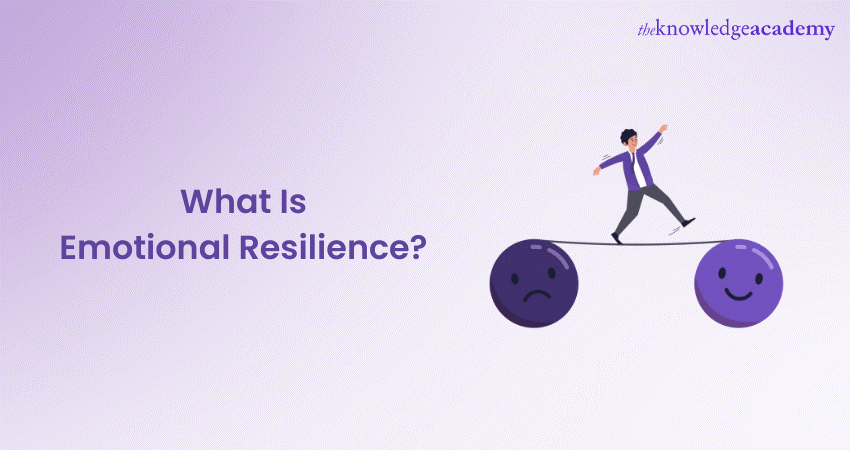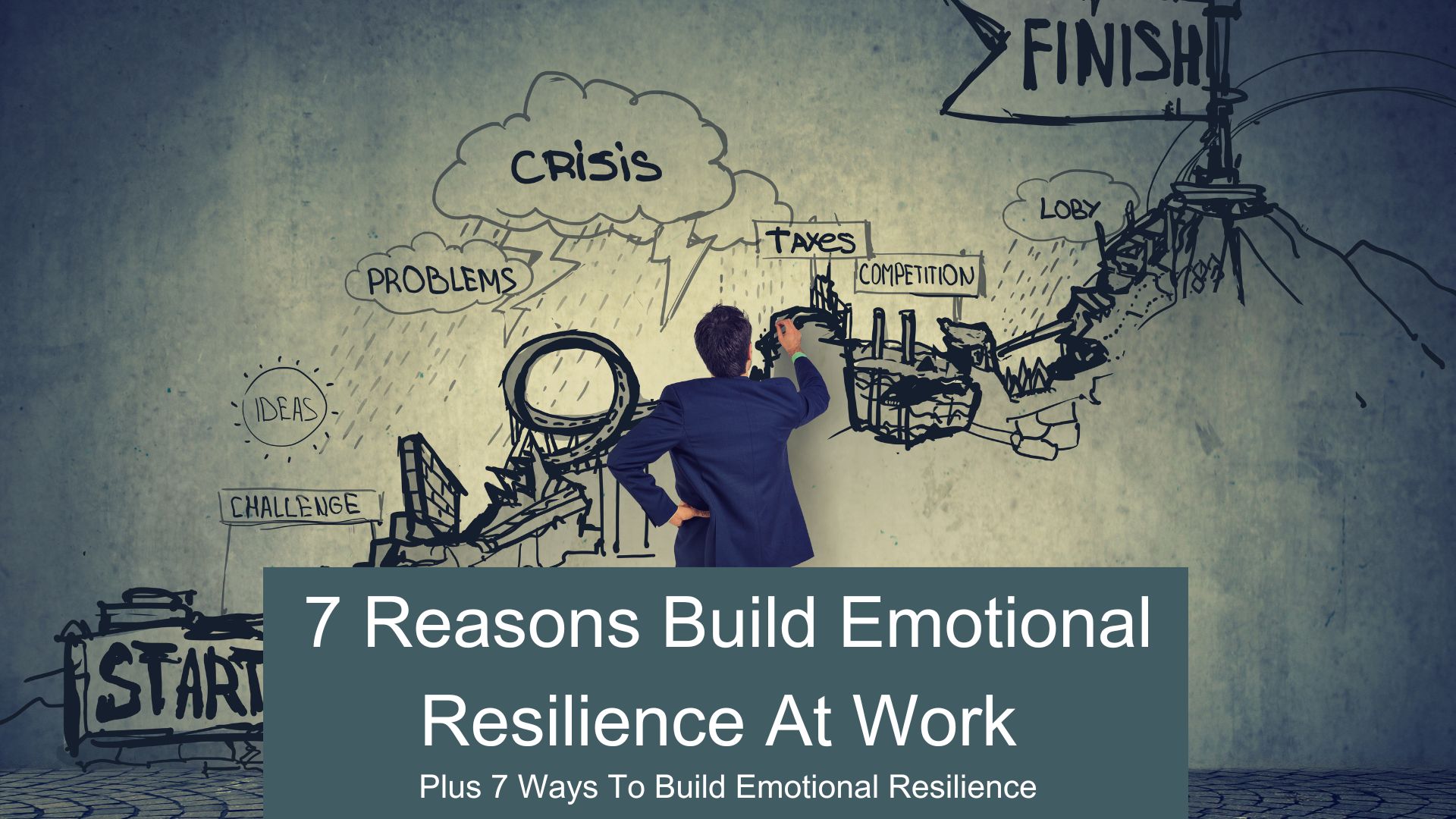Introduction: What is Emotional Resilience and Why is it Important?
Emotional resilience is more than just a buzzword; it’s a crucial skill that can transform the way we navigate life’s ups and downs. In an age where challenges seem to be around every corner, developing emotional resilience has never been more important. It equips us with the strength to bounce back from setbacks, adapt to change, and maintain our mental well-being in the face of adversity.
But what does it really mean to be emotionally resilient? And how can we cultivate this essential trait in ourselves and our loved ones? Understanding these questions opens up new pathways for growth and fulfillment. Join us as we explore the essence of emotional resilience, its benefits, and practical strategies for building this vital skill into our daily lives.
Whether you’re looking to enhance your own emotional toolkit or teach others—especially children—the art of resilience, you’ve come to the right place!

Understanding Emotional Resilience: Definition and Key Characteristics
Emotional resilience is the ability to adapt and bounce back from life’s challenges. It’s not about avoiding stress or hardship; rather, it’s about how we respond when faced with adversity.
Key characteristics of emotionally resilient individuals include flexibility in thinking and a strong sense of self-awareness. They understand their emotions and can navigate through them without becoming overwhelmed.
Another important trait is optimism. Resilient people tend to maintain a hopeful outlook even in tough situations, which helps them persevere.
Additionally, these individuals are skilled at problem-solving. Instead of feeling defeated by obstacles, they approach challenges creatively, seeking solutions rather than dwelling on problems.
Building emotional resilience involves cultivating these traits over time. It’s a journey that enhances one’s capacity to face the inevitable ups and downs of life with grace and strength.
The Benefits of Being Emotionally Resilient
Emotional resilience offers a powerful advantage in navigating life’s challenges. Those who possess it tend to bounce back quickly from setbacks, turning obstacles into opportunities for growth.
With improved coping skills, emotionally resilient individuals experience lower levels of stress and anxiety. They approach problems with a constructive mindset, making it easier to find solutions.
Beyond personal well-being, emotional resilience enhances relationships. When faced with conflicts or misunderstandings, these individuals communicate effectively and empathize with others’ feelings.
Additionally, this strength cultivates a sense of purpose and fulfillment. Resilient people often embrace change as an opportunity rather than a threat, leading to richer life experiences.
In professional settings, emotional resilience can boost performance. It fosters adaptability and creativity when tackling new projects or facing unexpected demands.

Factors That Affect Emotional Resilience
Emotional resilience doesn’t exist in a vacuum. Many factors shape how we respond to life’s challenges.
Genetics play a role. Some individuals are naturally predisposed to cope better with stress due to inherited traits.
Environment influences resilience too. Supportive relationships can bolster our ability to bounce back, while toxic surroundings may hinder emotional strength.
Life experiences also weigh heavily. Traumatic events or persistent hardships can either break someone down or fortify their spirit, depending on context and support systems available at the time.
Cultural background matters as well. Different cultures promote varying attitudes towards emotions and coping mechanisms, affecting how resilience is nurtured from an early age.
Personal mindset cannot be overlooked. How one perceives challenges plays a pivotal role in developing emotional grit over time.
Practical Tips for Building Emotional Resilience in Daily Life
Building emotional resilience starts with self-awareness. Take time to reflect on your thoughts and feelings. Journaling can help clarify your emotions and highlight patterns in your behavior.
Next, prioritize self-care. Engage in activities that replenish your energy, whether it’s exercise, reading, or spending time outdoors. A healthy body nurtures a strong mind.
Developing healthy coping mechanisms is crucial too. When faced with stressors, try deep breathing or mindfulness techniques instead of resorting to less helpful habits like excessive screen time or unhealthy eating.
Cultivating a positive mindset goes hand-in-hand with resilience. Focus on gratitude by listing things you appreciate each day. This simple practice shifts attention from negativity to positivity and strengthens mental fortitude over time.
Surround yourself with supportive people who uplift and encourage you through challenges—connection fosters resilience like nothing else can.
– Self-awareness and self-care practices
Self-awareness is the cornerstone of emotional resilience. It involves recognizing your thoughts, feelings, and behaviors without judgment. This clarity enables you to understand how your emotions influence your reactions in various situations.
Practicing self-care enhances this awareness. Simple activities like journaling or meditating allow for reflection on daily experiences and emotions. Creating a routine that includes time for yourself nurtures mental well-being.
Engage in activities that bring joy or relaxation, whether it’s reading, exercising, or spending time in nature. These moments help recharge your emotional battery.
Listening to your inner voice can also guide you toward healthier choices. When you tune into what you truly need—be it rest, connection, or creative expression—you empower yourself to respond rather than react impulsively.
Remember that building self-awareness is a continuous journey. Regularly checking in with yourself can lead to deeper insights over time.

– Developing healthy coping mechanisms
Developing healthy coping mechanisms is essential for emotional resilience. When faced with stress or adversity, having constructive strategies in place can make all the difference.
Start by identifying what triggers your stress. Understanding these factors helps you create tailored responses that work for you. Journaling is one effective method; it allows thoughts and feelings to flow freely onto paper, providing clarity.
Physical activity also plays a crucial role in managing emotions. Whether it’s a brisk walk, yoga session, or dancing around your living room, moving your body releases feel-good endorphins.
Mindfulness practices are another powerful tool. Techniques such as meditation or deep-breathing exercises bring awareness to the present moment and help calm racing thoughts.
Engaging in hobbies can serve as an excellent distraction from daily pressures. Activities like painting, gardening, or playing an instrument provide joy and fulfillment while fostering emotional growth.
– Cultivating a positive mindset
Cultivating a positive mindset is essential for emotional resilience. It’s all about shifting your perspective and training your brain to look for the silver linings.
Start by practicing gratitude daily. A simple list of things you appreciate can transform negativity into positivity. This practice helps anchor your thoughts on what truly matters, fostering a sense of joy.
Surround yourself with uplifting influences. Engage with people who inspire and motivate you. Their energy can be contagious, helping you see challenges as opportunities rather than obstacles.
Employ affirmations regularly. Phrases like “I am capable” or “I embrace change” reinforce self-belief and create an optimistic outlook on life.
Mindfulness meditation is another powerful tool. It encourages living in the moment, allowing you to acknowledge negative thoughts without letting them define you.
Integrate these practices gradually into your routine, making sure they resonate with you personally for lasting impact.
How to Teach Children to be Emotion
Teaching children to be emotionally resilient is one of the greatest gifts we can provide them. It sets the foundation for their future interactions and challenges. Start by modeling emotional awareness yourself. Show them that it’s okay to express feelings openly, whether they are happy, sad, or frustrated.
Encourage conversations about emotions at home. Ask your children how they feel about different situations and listen actively to their responses. This validation helps them understand that all emotions have value.
Introduce age-appropriate coping strategies as well. Techniques like deep breathing or counting to ten can empower kids when they’re overwhelmed. Role-playing scenarios can also help them practice these skills in a safe environment.
Additionally, promote problem-solving by allowing children to face minor obstacles on their own while offering guidance rather than solutions outright. This builds confidence in their ability to handle life’s ups and downs.
Regularly engage with activities that foster resilience—team sports, arts and crafts, or even volunteering together can teach valuable lessons about teamwork and empathy.
By nurturing emotional intelligence from an early age, you’re equipping your child with tools they’ll carry into adulthood. They’ll not only learn how to bounce back from difficulties but also thrive despite life’s inevitable challenges ahead.






